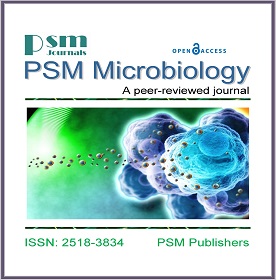Antimicrobial Activity of Cinnamon Barks (Aqueous and Ethanolic Extracts) and some Antifungals against Candida albicans Isolated from Oral Candidiasis in Leukemia Patients
Keywords:
Leukemia, Oropharyngeal Candidiasis, Cinnamon aqueous and ethanolic extracts, Antimicrobial Activity.Abstract
Oral pharyngeal candidiasis (Oropharyngeal Candidiasis) is an opportunistic disease resulting from weakness of immune system caused by chemotherapy to Leukemia patients. Candida albicans yeast is the causative agent of this infection. There are many types of antifungals used to treat this fungal infection depending on the degree or type of candidiasis; but noted in recent days, increasing resistance to antifungals. This study included isolation and identification of Candida from oral cavity of ten leukemia patients who suffered from oral candidiasis in three hospitals in Sana’a city. Samples were collected by swabbing the lesional tissues in the oral cavity and cultured on Sabroud’s Dextrose Agar SDA. Six of the oral swabs gave noticeable growth on this medium, while 4 of them didn’t give any growth. Morphological and biochemical tests done to the six isolates confirmed that all were Candida albicans. These isolates were tested for antifungal susceptibility test. Antifungal agents used in this test were Miconazole 50µg, Fluconazole 25µg, and Nystatin 100µg. Results showed that Miconazole was the most efficient antifungal against all tested isolates, while Nystain and Fluconazle showed various inhibitory effects among tested isolates. Some isolates were resistant, while others were susceptible. Due to resistance development of some Candida isolates to antifungal agents, Cinnamon was examined for its ability to inhibit the growth of this yeast. Cinnamon aqueous and ethanolic extracts were prepared by using bioshaker. Antimicrobial activity of cinnamon extracts were screened by using agar disk diffusion technique ADD, and tested C.albicans inoculums were prepared by bioassay plate method. The results showed that cinnamon aqueous extract 100% concentration could slightly inhibit the growth of some isolates. By contrast cinnamon ethanolic extract could effectively inhibit the growth of all tested C.albicans isolates. The Minimum Inhibitory Concentration MIC of ethanolic extract was varied among C.albicans isolates.




